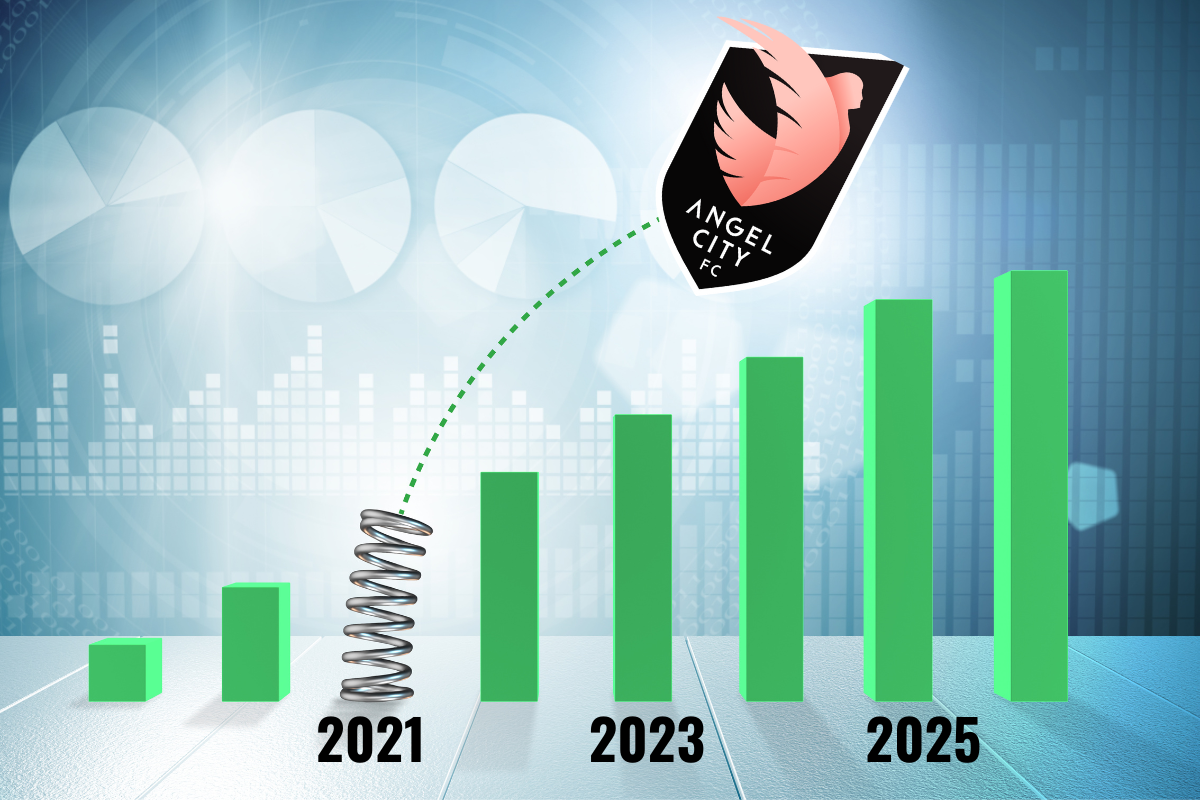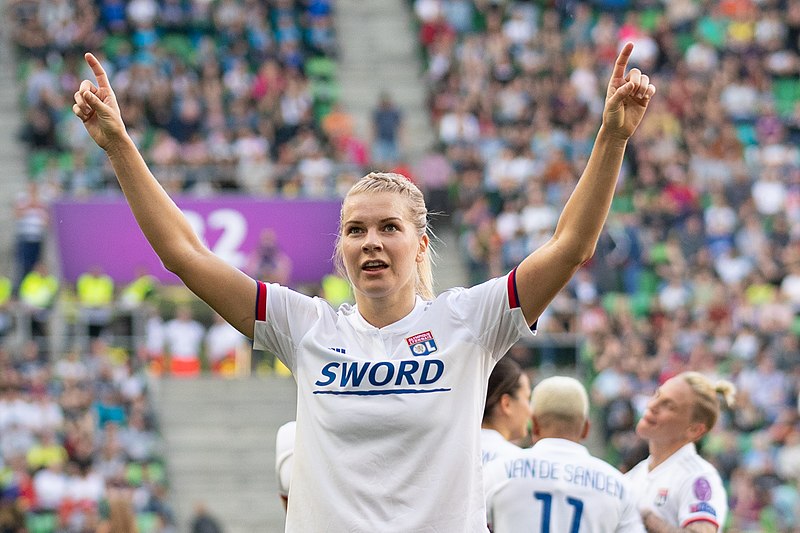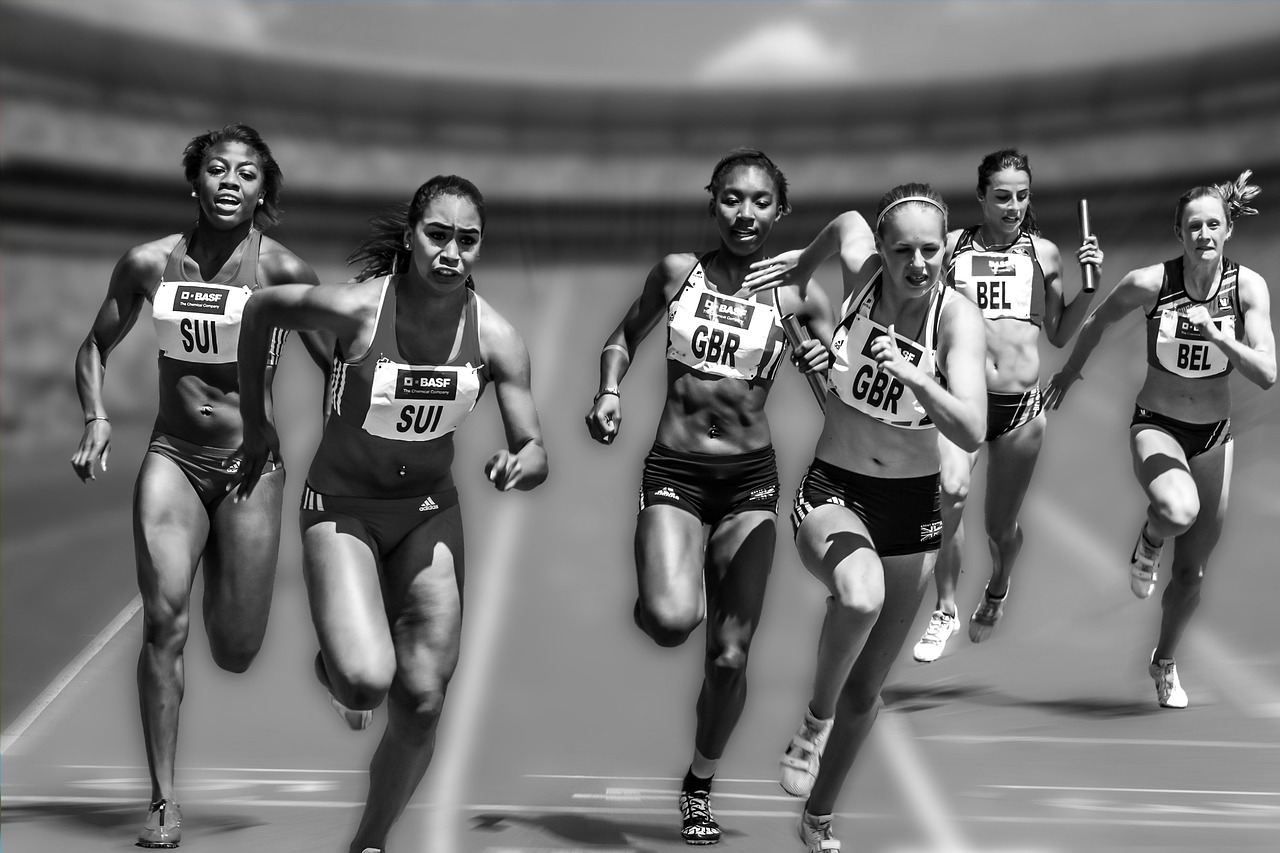2023 was a big year for women’s sports. The FIFA Women’s World Cup brought in more than 2 billion viewers — a thirtyfold increase from 2011; volleyball fans shattered the women’s sporting event attendance record; and funding from sponsors and investors alike is reaching new heights. And while this new stratosphere of reach, viewership, and impact does bring new challenges, like protecting players amidst more rigorous schedules, it’s an exciting time for sports.
So, without further ado, let’s dive into the big investments and record viewership in women’s sports last year and what’s on the horizon this year.

Photo Courtesy Will Gatchel
Show Me The Money
The 30X viewership increase from 2011 to 2023 for the Women’s World Cup is nothing to scoff at — unless you’re the National Women’s Soccer League (NWSL), the top league in the U.S. women’s professional soccer system. Its newly signed set of four-year, $240 million domestic media agreements upped its annual revenue from $1.5 million to $60 million, a 40X increase!
It’s a big step forward, not just for soccer but all sports.
The largest media deal in women’s sports history will give ESPN, CBS, Amazon, and Scripps Sports broadcast and streaming coverage rights for the NWSL, netting the league approximately $508K per game.
A megadeal like this is a tremendous win for soccer and all women’s athletics. It shows that advertisers and media companies alike are willing to pay a lot of money, increasing player bargaining rights and power. But, more importantly, it’s not just big corporations investing.
Backing By Big Names
Celebrities are putting their money into women’s sports teams, including Ryan Reynolds and Rob McElhenney’s purchase and subsequent turnaround of Wrexham’s soccer team. Although media coverage mainly focuses on the men’s side, Wrexham AFC set the Welsh women’s team record for attendance at a home game.
Natalie Portman and Jennifer Garner, two of the owners and founders of Angel City Football Club, have raised the club’s media profile tremendously since its 2020 inception. What’s more, the club’s business side has a bright future ahead and behind. The Los Angeles team raised money in 2021 at more than a $100 million valuation.
Although the club had to pay the NWSL a $2 million expansion fee to join, that price is looking like quite the steal three years later. “Since 2020, expansion fees for the National Women’s Soccer League teams jumped from $2 million to what we’re hearing is $50 million for the latest rounds,” said Luisa Lizoain, a managing associate with law firm Sidley Austin LLP, in an interview with the Los Angeles Business Journal.

Graphic Courtesy Will Gatchel
The Numbers Keep Going Up
The Women’s NCAA college basketball championship featured a showdown between the season’s two most titular stars: the Iowa Hawkeyes’ sharpshooting ace, Caitlin Clark, versus Louisana State University’s (LSU) dominant Angel Reese. The clash captivated public attention, becoming the most-watched college event in ESPN+ history, peaking at 12.6 million views. Reese, named the Most Outstanding Player of the Final Four, ultimately led LSU to victory, securing the college’s first basketball title in its history.
While on the topic of hardwood courts, Memorial Stadium hosted 92,003 spectators for a college volleyball match between the University of Nebraska and Nebraska-Omaha.
It surpassed a 2022 Champions League soccer match to become the most attended women’s sporting event. Just to stress that again, 92,003 fans watched the game in person.

Photo Courtesy Steffen Prößdorf
Slowly, Then All At Once
It’s hard to predict exactly how the future of women’s sports will unfold. Star players have spoken about the taxing physical and mental toll caused by more demanding playing schedules. And, as celebrities, investors, and corporations inject massive investments into different teams and leagues, some cracks are sure to surface. After all, many of these leagues and clubs are still in their infancy compared to their male counterparts.
All this is to say: There will be bumps and bruises along the way, and that’s okay because it means growth and development. Last year was a huge step forward for women’s sports, and the ensuing years are sure to follow suit. And whether it’s record-breaking investments, viewership numbers, or sponsorship deals, we’ve just seen a glimpse of what’s to come for women’s athletics.





